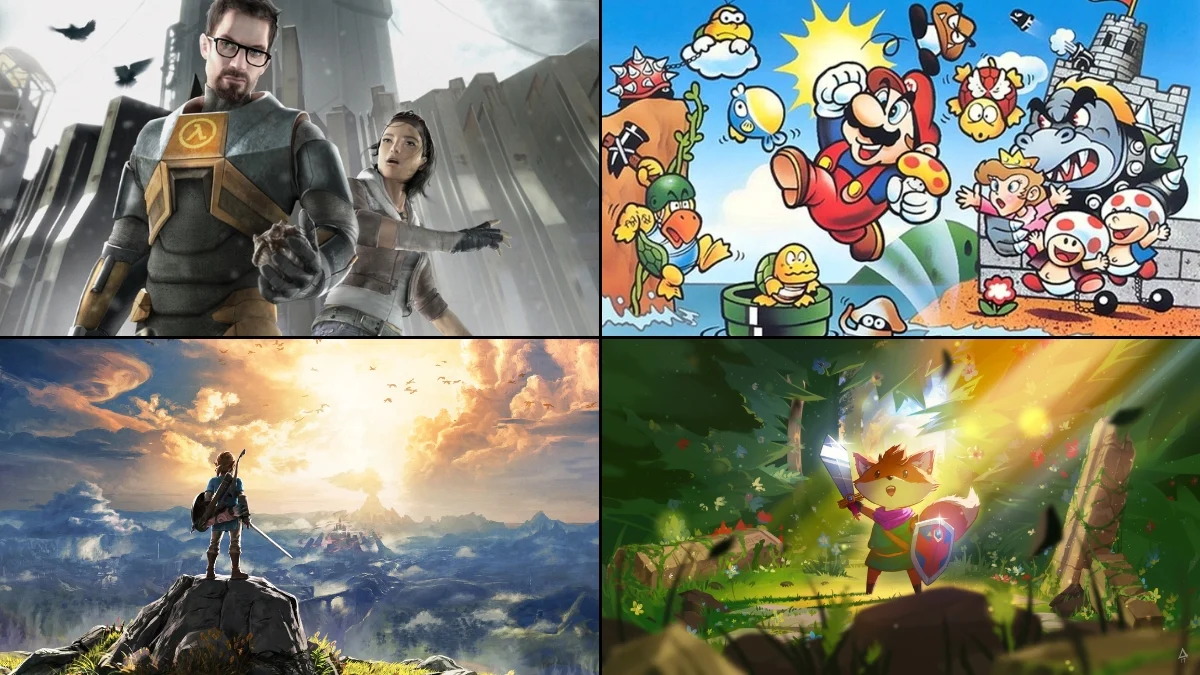
Exceptional game level design isn’t just about aesthetics; it subtly guides players, teaches them how to play, and keeps them engaged with unexpected elements, all without interrupting the experience. The games highlighted below achieve this through smart use of space, clear visual cues, and unique gameplay mechanics. They encourage exploration, reward players for being curious, and make challenges feel rewarding when solved. These examples demonstrate how skillful design and intentional limitations can create truly memorable gameplay. Whether you’re looking for inspiration or simply appreciate clever game design, this collection offers a wealth of innovative solutions.
‘Dark Souls’ (2011)
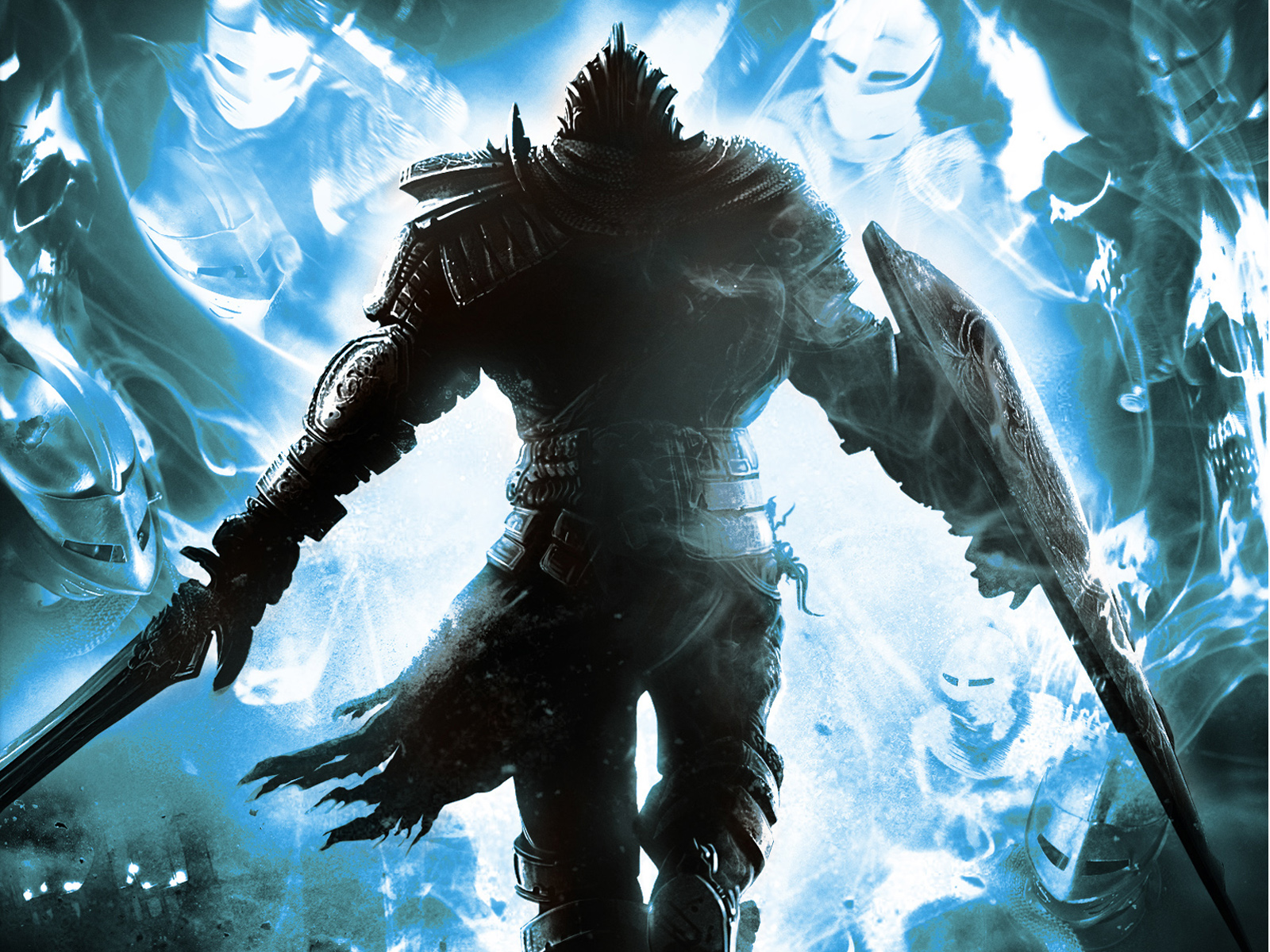
In FromSoftware’s games like Lordran, the world is designed as a connected network of paths and shortcuts. These shortcuts turn lengthy, dangerous journeys into smaller, more manageable loops. The game uses visual cues, such as distant landmarks, to guide you forward, even through challenging areas. Enemies are strategically placed to first teach you the basics of combat timing and stamina management, then to test your skills with more complex encounters. The placement of bonfires (checkpoints) and the risk of losing progress encourage players to carefully plan their routes and master the game through repeated attempts. Bandai Namco, the publisher, supports the series’ unique system of online hints and assistance.
‘Half-Life 2’ (2004)
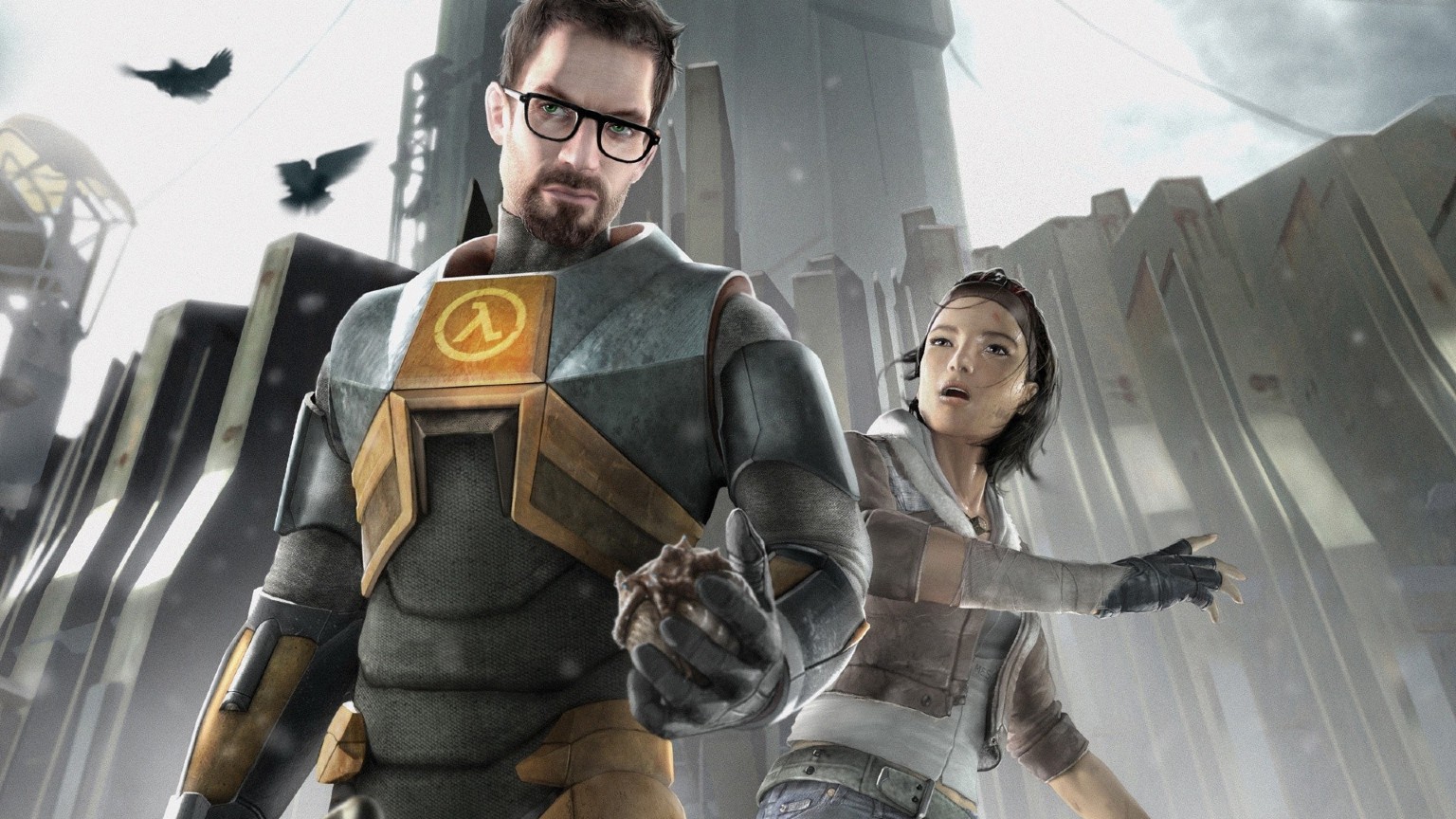
Valve builds its game levels around puzzles that cleverly teach you how physics works without using intrusive instructions. For example, you learn about force and balance by using seesaws and avoiding rolling mines. The game guides you with subtle visual and audio cues, like light, movement, and sound, instead of relying on a lot of on-screen menus. When fighting, areas are designed with multiple ways to approach enemies and plenty of cover, encouraging strategic maneuvers like flanking and using grenades. The Gravity Gun, powered by the game’s physics engine, lets you turn everyday objects into useful tools, making the environment itself a key part of the learning process.
‘Portal’ (2007)

Valve’s test levels gradually introduce the core mechanic – portals – by breaking down challenges into focused, isolated steps. Visual cues like patterned panels, arrows, and energy fields clearly show which surfaces can hold portals and which can’t. The puzzles start by demonstrating simple momentum – how speed is maintained when entering and exiting portals – in safe, contained areas before introducing more dangerous elements. GLaDOS’s voice cues guide players and clarify objectives without relying on traditional, explicit instructions, keeping the experience intuitive.
‘The Legend of Zelda: Breath of the Wild’ (2017)

As a player, what really blew me away about Breath of the Wild is how Nintendo guided me through Hyrule without holding my hand with quest markers. They built the world using really clever design – like peaks and valleys that naturally draw your eye where they want you to go. Everything feels consistent too; metal always conducts electricity, fire spreads realistically, and wind actually pushes things. This makes the weather and terrain feel like puzzles themselves! The shrines are brilliant because they focus on one idea at a time, so you can experiment without feeling overwhelmed, and then use what you learn out in the open world. Plus, the ability to climb anything combined with the paraglider means there are tons of ways to solve problems, and while stamina and temperature can be a challenge, they never completely block you – they just encourage you to think differently.
‘Super Metroid’ (1994)

Okay, so playing through this game, I’ve noticed the level design is really clever. It’s like, they guide you without telling you what to do. They use one-way doors and blocks that fall apart, and even loop you back on yourself to make sure you learn how to get around. There are these little areas that basically show you a move you need to learn – like that Alcatraz escape bit – without any instructions at all! Plus, enemies and stuff in the background give you hints about secret paths, like that glass tube or those cracked tiles. What’s really cool is how getting new items, like the Morph Ball or Speed Booster, totally changes how you can explore old areas. Suddenly, places you’ve been before become brand new puzzles. It’s a signature move of the people who made this game, and it’s awesome!
‘Super Mario Bros.’ (1985)
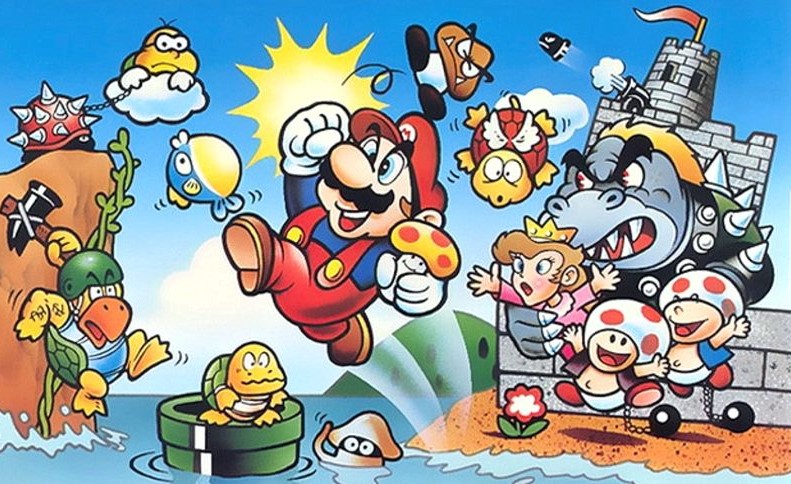
The first level of Super Mario Bros. brilliantly teaches players how the game works in just a few seconds. It introduces key concepts like avoiding enemies (with the Goomba), collecting rewards (question blocks), and using warp pipes to travel vertically. The level’s brick staircase encourages jumping without being overly punishing, and the way power-ups move teaches players about collisions and encourages them to chase after items. Instead of relying on difficult enemies, the level’s design uses spacing to gradually increase the challenge.
‘Outer Wilds’ (2019)

Mobius Digital has created a unique solar system game that’s a time-looping puzzle. Instead of relying on character strength, you solve it by finding clues and understanding how things work. Each planet reveals its secrets through its environment – things like shifting sands, strange objects, and ruined cities. The game keeps track of what you learn in a ship’s log, which becomes your most important tool. You won’t find any on-screen directions; instead, you navigate the 22-minute loop by carefully observing and figuring things out for yourself.
‘Return of the Obra Dinn’ (2018)

Lucas Pope designs his detective games around a few key rules: each case centers on one body, a single point in time, and a set environment. The ship’s design helps you solve the mystery by letting you track locations, jobs, and who might be connected. The game’s interface uses clear rules – like a person’s nationality or job – so you can find solid evidence instead of just making guesses. The simple graphics, created by 3909 LLC, keep things clear while still showing important details and objects.
‘Fez’ (2012)

Polytron cleverly transforms 3D spaces into simpler 2D puzzles by letting you rotate your view. As you align things, platforms appear, creating pathways. The game also features challenging optional puzzles built around shapes, alien writing, and codes, rewarding players who pay close attention to detail. You’ll learn how to rotate the world naturally through the environment’s design and signs. A map helps you keep track of collectibles without forcing you to follow a specific path, letting you explore freely.
‘Braid’ (2008)
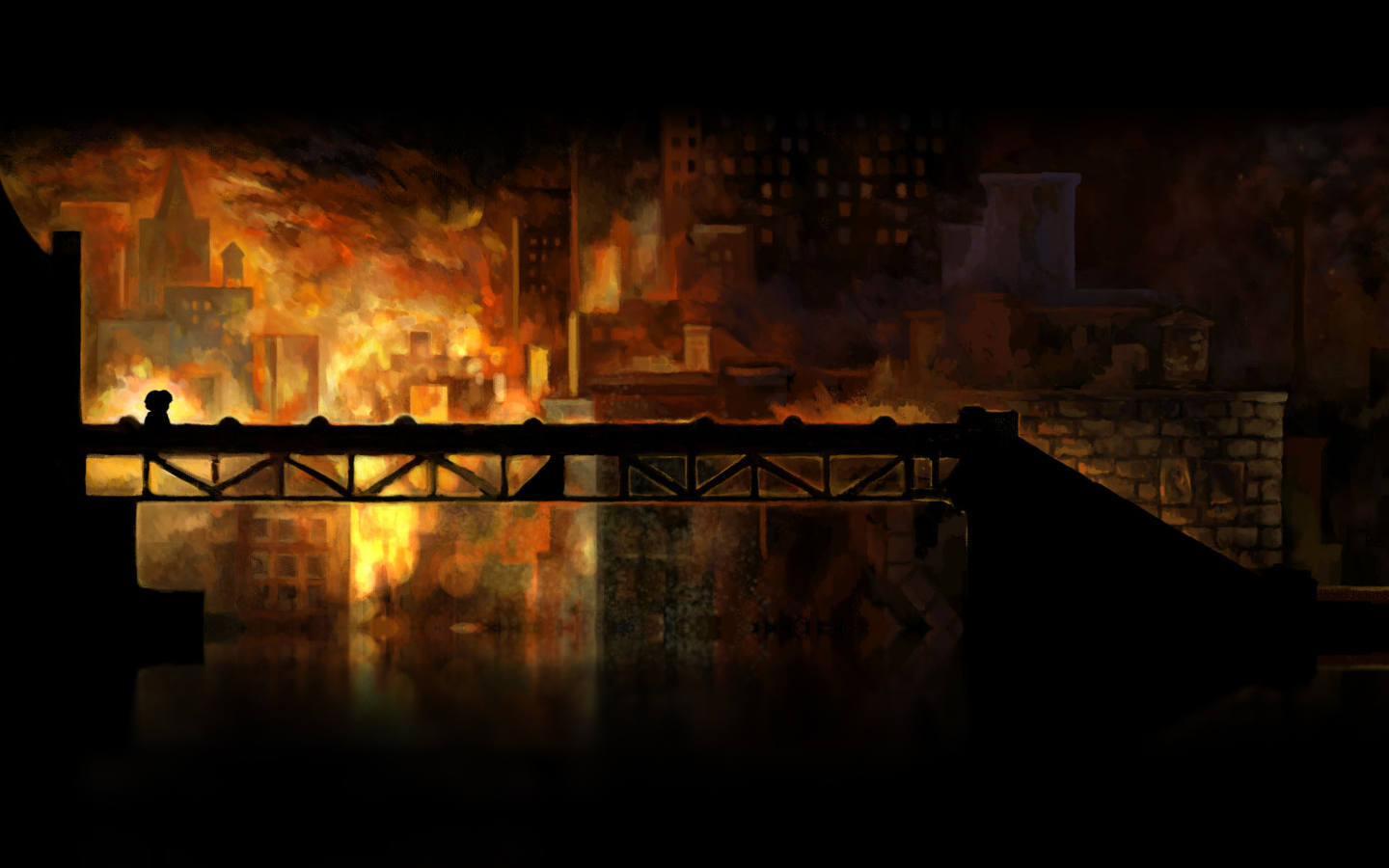
Number None builds its levels around unique ways of manipulating time—like rewinding, creating echoes, and slowing down specific areas—making each one a self-contained challenge. The puzzles aren’t about quick reflexes; they require players to really understand and use these time-bending abilities. Hidden collectibles are cleverly placed and give clear hints about how to get them. Plus, the rewind feature makes it easy to experiment and learn from mistakes without getting stuck.
‘The Witness’ (2016)
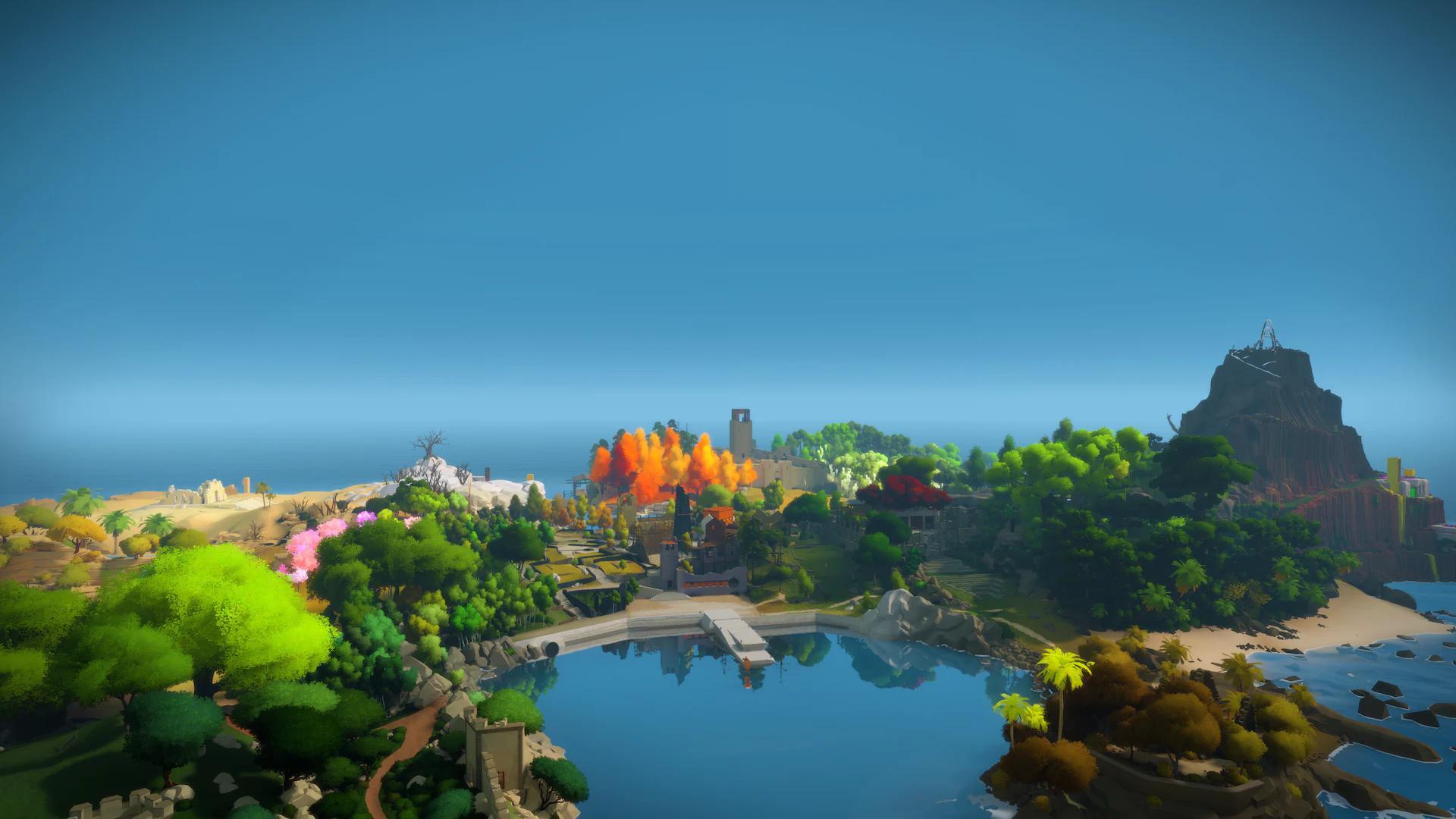
Thekla, Inc. uses a visual teaching method with increasingly complex challenges – starting with simple concepts like symmetry and shapes, then moving to more intricate arrangements and spatial awareness. Learning happens in stages, with each idea introduced separately before being combined with others. The lessons include puzzles that connect drawing to real-world perspective, helping students develop both 2D and 3D thinking skills. By using very little text, Thekla encourages learners to discover solutions through observation and pattern recognition, rather than relying on instructions.
‘Hollow Knight’ (2017)

In Team Cherry’s Hallownest, the game gently guides you without blocking your progress completely. It does this through things like challenging enemies, tricky platforming sections, and dangerous areas – all suggesting you might need to return later with new abilities. Rest areas and fast travel points help you reshape your routes as you become more powerful. The game also uses characters and subtle sounds to point you towards hidden areas and alternate paths. Finally, each area’s design clearly indicates what dangers and challenges to expect, making it easier to navigate and remember.
‘Dead Space’ (2008)

As a huge fan, one of the things that really blew me away about Dead Space was how immersive it felt. They ditched the typical heads-up display, showing Isaac’s health on his suit and ammo right on the weapons themselves – it really pulled you into the game world. And forget just shooting for damage; you had to strategically dismember the Necromorphs, aiming for limbs to take them down efficiently, which totally changed how I approached shooters. The atmosphere was incredible too. The lighting, steam effects, and creepy sounds weren’t just for show – they guided you through the tight, scary hallways of the Ishimura and let you know when something was about to happen. They even had this clever locator system that gave you a little nudge in the right direction if you needed it, but it didn’t hold your hand – you could still rely on your own spatial awareness.
‘Resident Evil 4’ (2005)

Capcom’s Production Studio 4 builds levels with varying heights, narrow passages, and destructible paths, encouraging players to lead enemies and carefully manage their resources. Close-combat attacks are most effective when timed perfectly, based on how enemies react. The placement of shops and save points creates a balance between safety and danger. The game also subtly adjusts the number of enemies to keep the pace smooth, without displaying any on-screen notifications.
‘God of War’ (2018)
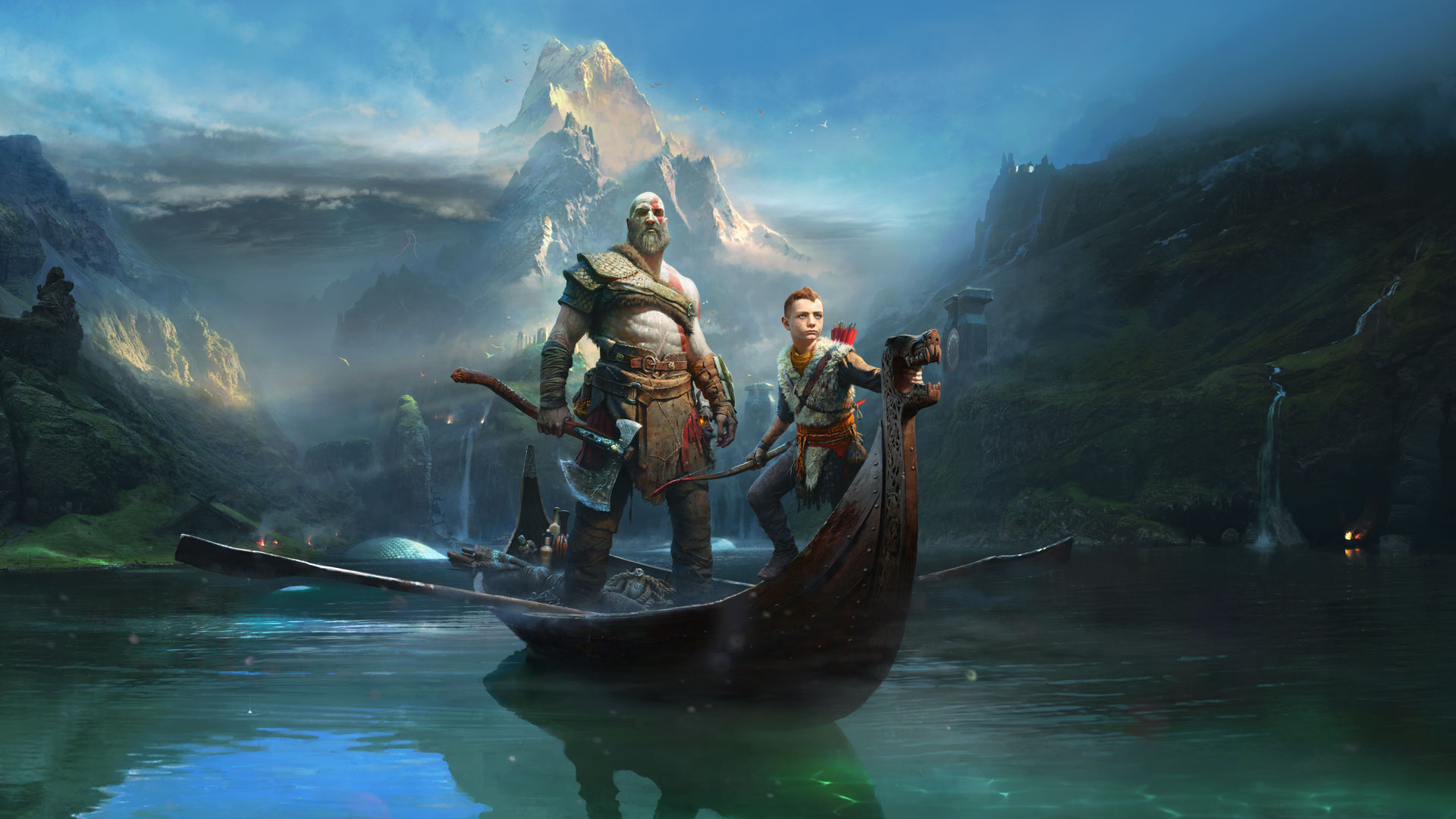
As a huge fan, I’ve noticed how cleverly Santa Monica Studio designed God of War. They use these amazing long takes – barely any cuts! – which really helps you stay grounded in the world and not get lost. And the Leviathan Axe isn’t just for combat; throwing it back to you is a brilliant way to solve puzzles, like freezing mechanisms or powering up water wheels. It’s consistent, so you quickly learn how everything works. What’s even cooler is how the realms connect. You unlock new ways to get around, and then suddenly areas you’ve already explored feel totally different! Plus, they hide these little environmental puzzles – runes and Nornir chests – everywhere, which are a fun way to test how well you’re paying attention to your surroundings.
‘Inside’ (2016)
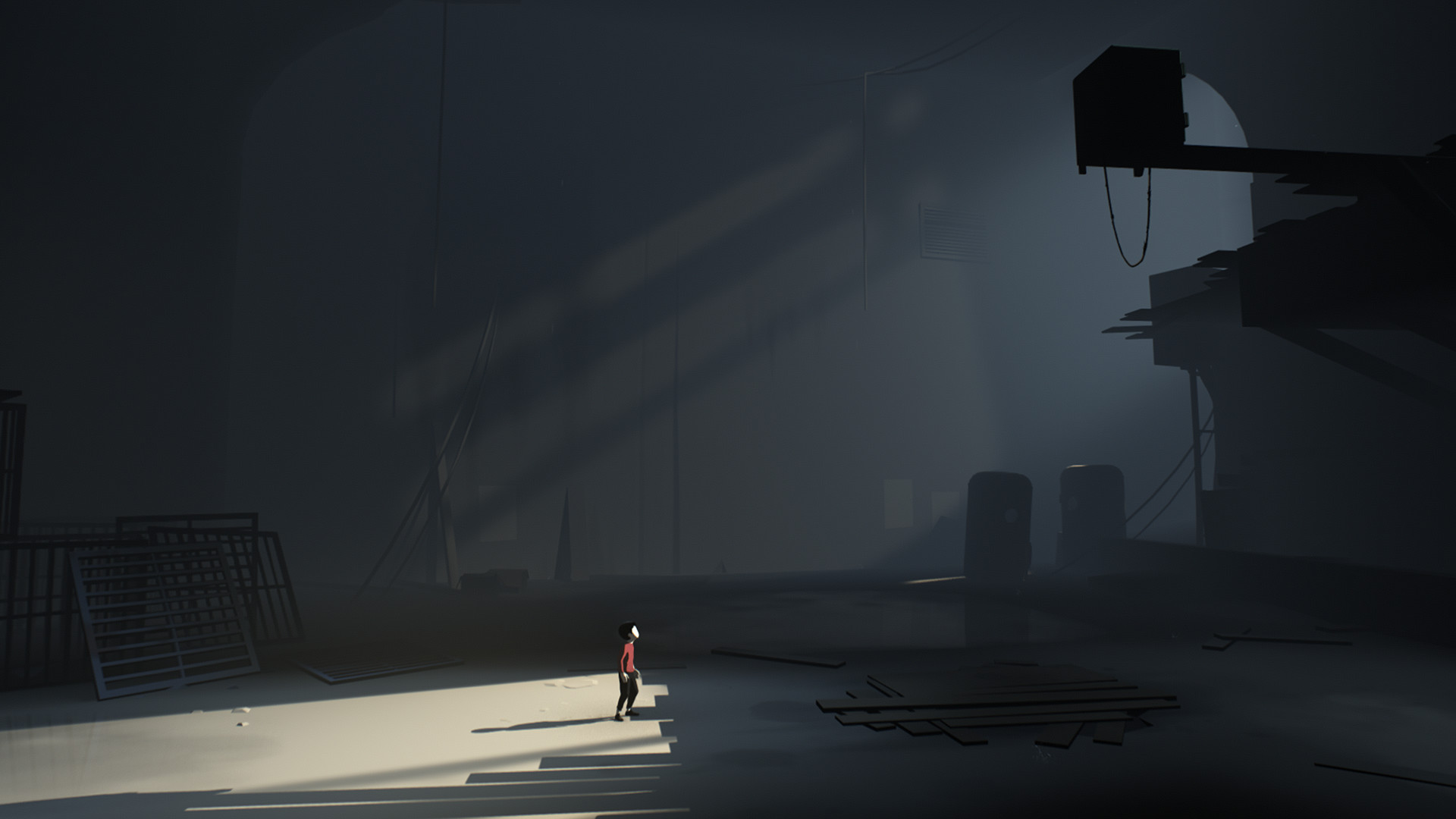
Playdead games carefully introduce challenges, ensuring players understand a new mechanic in a safe environment before it becomes dangerous. The game guides you with visual cues like background movement and lighting, while obstacles are always clearly visible. New abilities, like controlling enemies or manipulating water, are added gradually, without relying on instructions. Frequent checkpoints let you quickly try different approaches, encouraging you to learn through experimentation rather than repetitive attempts.
‘Celeste’ (2018)
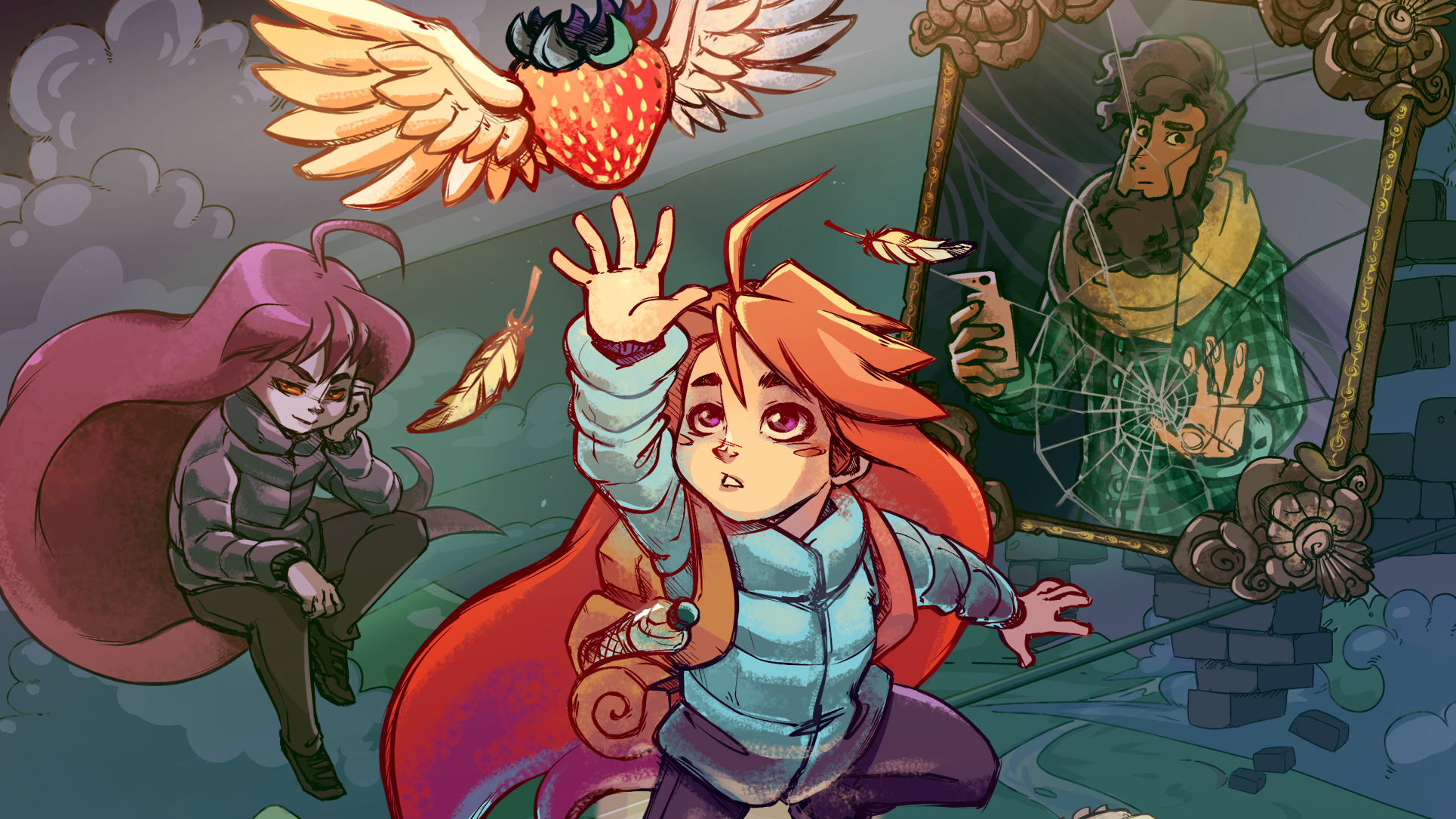
Maddy Makes Games designs levels as individual challenges, clearly showing players what dangers to avoid and how much energy they have. The game offers helpful assists that let you adjust things like speed and invincibility, making the difficulty adjustable and easier to learn. Collecting strawberries is optional and rewards skillful play without preventing you from finishing the game. New gameplay mechanics are introduced gradually within specific chapters before being combined in more complex levels.
‘Super Mario 64’ (1996)

The central area in Nintendo EAD’s games, like Peach’s Castle, uses paintings to introduce missions and give players a hint of what to expect. Instead of following a strict order, players can earn stars to unlock levels and revisit areas in any way they choose, making the game more flexible. The game subtly teaches players how to control the character with the analog stick through clever level design – for example, the Big Bob-omb battlefield acts as a practice area for slopes and momentum. Hidden secrets and extra lives are placed in safe areas to reward players for exploring.
‘Prey’ (2017)
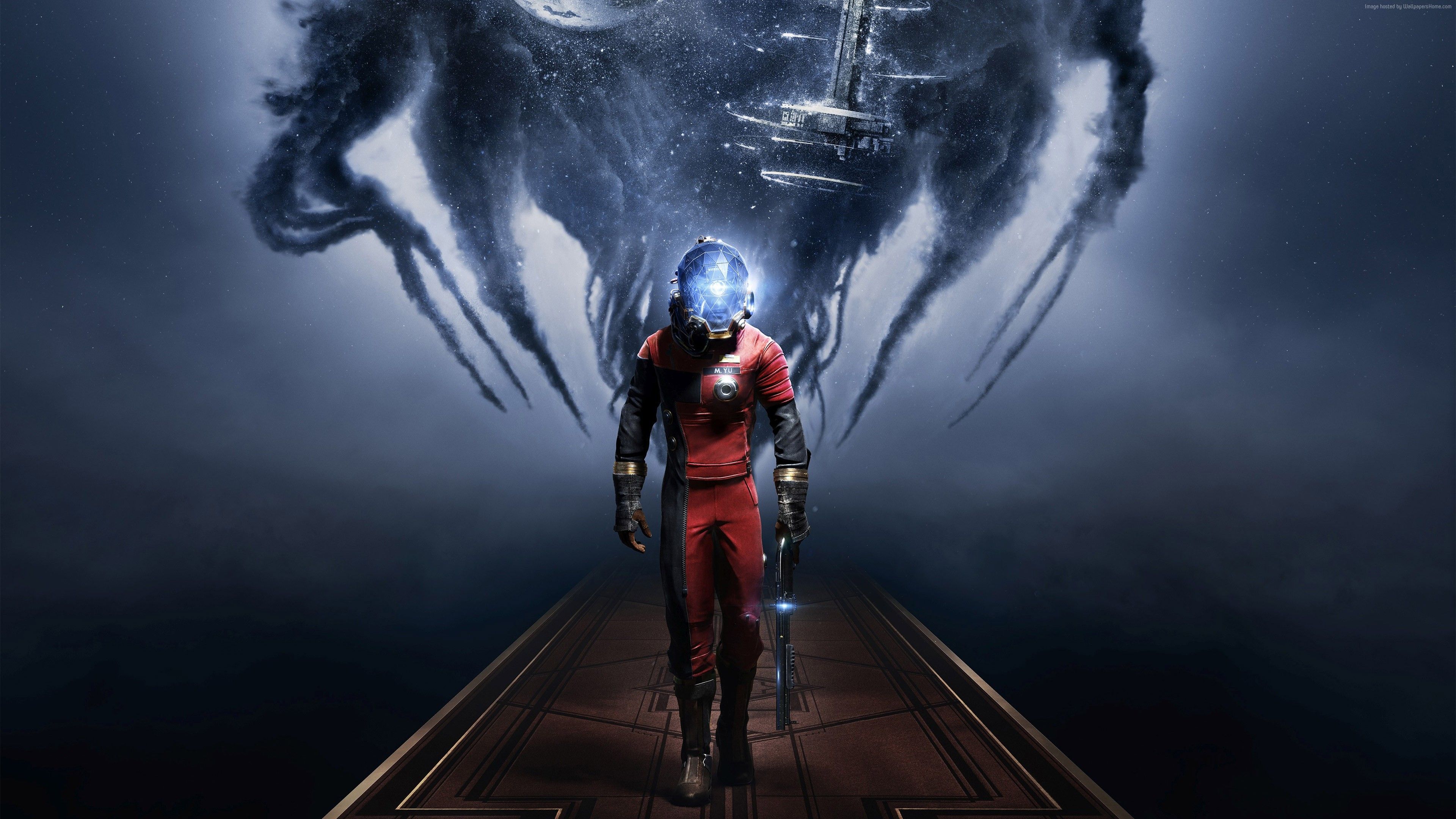
Arkane Studios has crafted a detailed and immersive world in Talos I, where players can creatively solve problems using tools like the GLOO Cannon to forge their own paths. The station feels authentic, with clear signs, organized departments, and a logical keycard system that makes it easy to navigate. Players gain new abilities through Neuromods, which unlock previously inaccessible areas, and learn to identify threats by observing enemy shapes. The story unfolds naturally through the environment – emails, research labs, and damage to the station – rather than relying on a lot of on-screen instructions.
‘Deus Ex’ (2000)

Ion Storm designs missions with several different paths to success – like using ventilation shafts, social interaction, or hacking – and these options are consistently available throughout the game. Instead of just improving stats, the game focuses on skills and upgrades that change how you play, rewarding careful planning. Levels are designed to clearly show you these options, with visible vents, keypads, and lines of sight. Your choices matter, as the game tracks your actions and changes things like enemy patrols and available access points in future levels.
‘Dishonored’ (2012)

Arkane Studios is known for intricately designed levels, like The Golden Cat, featuring overlapping enemy patrols, multiple vertical pathways, and challenges based on what enemies can see. The game’s powers – Blink, Dark Vision, and Bend Time – are all carefully balanced to offer players different ways to sneak around. Optional items like Runes and Bone Charms encourage exploration without forcing players onto a single path. The game also features dynamic systems that respond to how violently you play, changing the number of enemies and the environment throughout your missions.
‘Metal Gear Solid V: The Phantom Pain’ (2015)

As a huge fan, what really gets me about Kojima Productions’ games is how detailed and interactive the environments are. It’s not just about pretty scenery; the outposts feel like real places with patrol routes, power systems, and good spots to plan attacks. The map and binoculars aren’t just tools, they actually let you prepare for fights in a way that matters. Plus, things like the time of day and even sandstorms completely change how you approach a base, making familiar areas feel new and challenging. And the way you can build up your bases and use the Fulton extraction system? It’s not just about completing objectives, it’s about making tough choices about how to use your resources. It all adds up to a really immersive and strategic experience!
‘Tunic’ (2022)
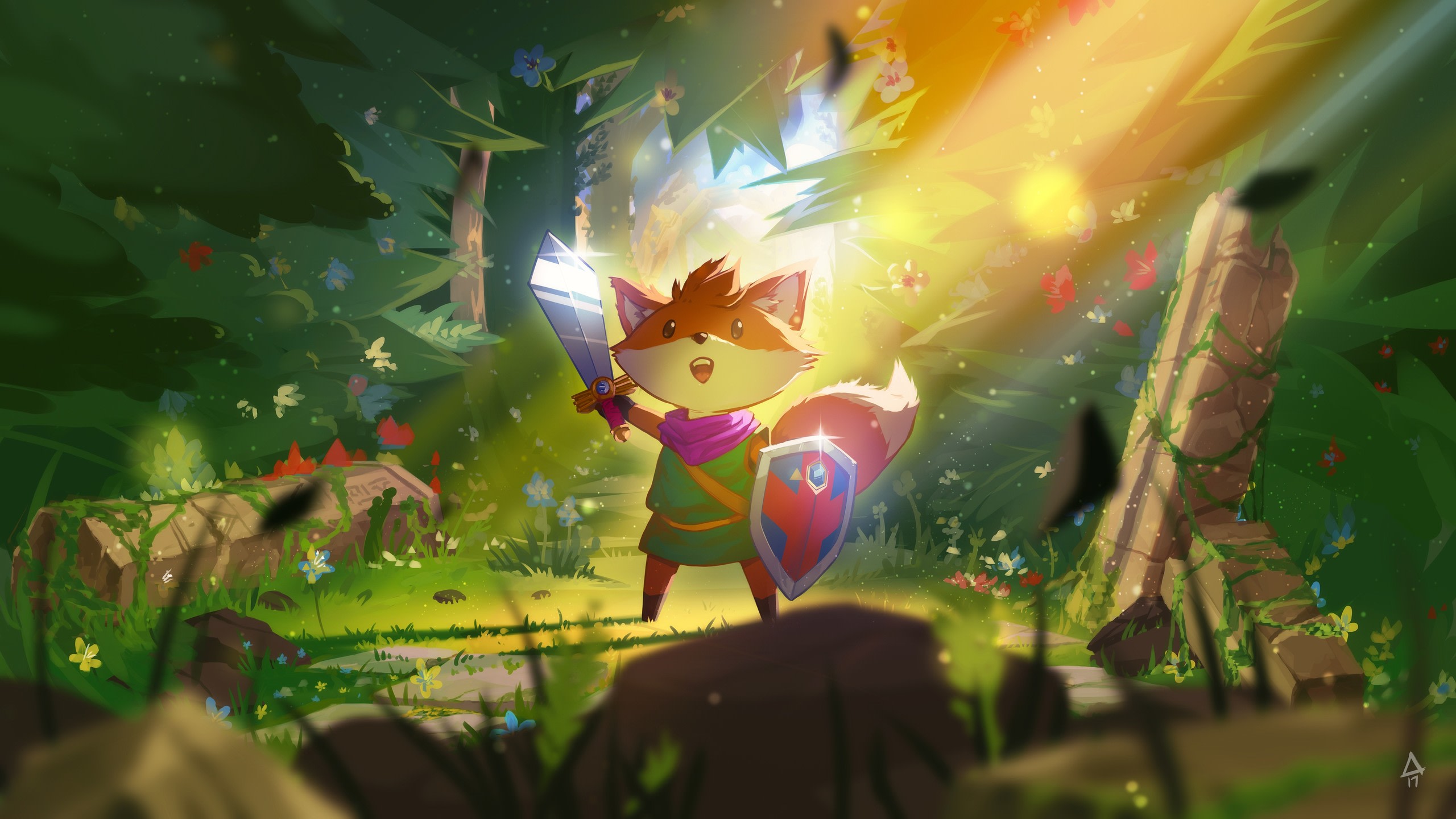
Isometricorp Games, from Finji, cleverly reveals its rules gradually through collectible manual pages that essentially teach themselves. The game uses an overhead, angled view to conceal pathways like ladders and shortcuts, changing how you navigate once you discover them. It might seem like a golden path is the right way, but often the solutions involve unexpected routes or playing with perspective. As you progress, you’ll find that certain actions connect visual clues throughout the game, creating a deeper, interconnected language.
‘Spelunky’ (2012)
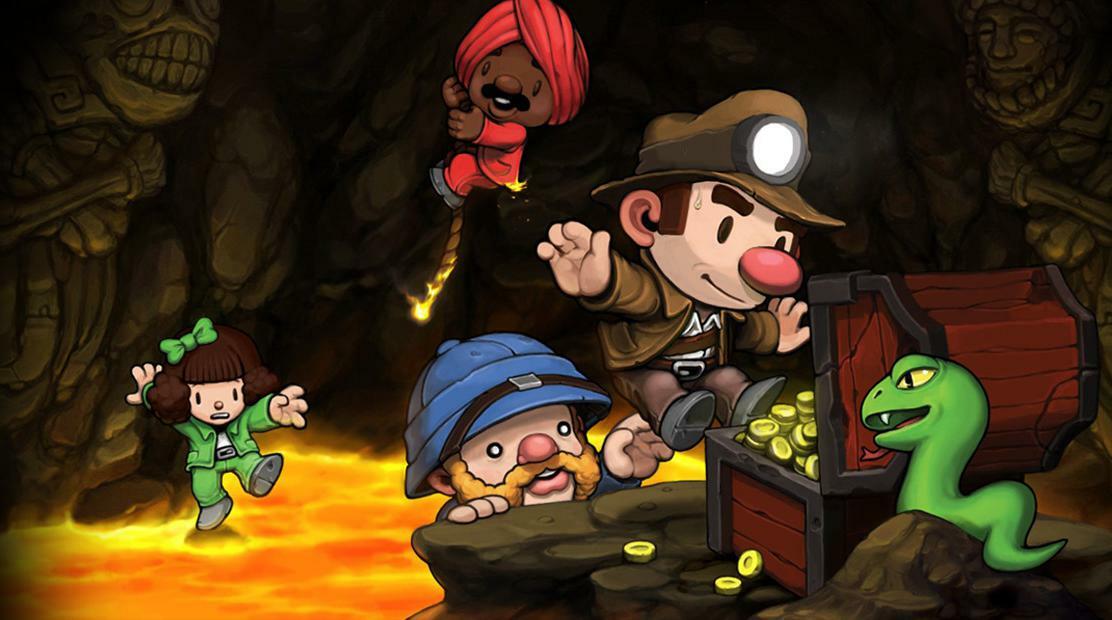
Mossmouth’s levels are designed to be challenging but fair. The game ensures you can always reach the exit and find important items. The way tiles are used visually communicates threats like traps and useful things like shops. Hidden pathways and special items create longer-term goals within each attempt. The game’s physics and how enemies react allow for creative problem-solving, feeling intentionally designed despite the tight restrictions.
‘Control’ (2019)

Remedy’s Oldest House uses a stark, imposing architectural style and constantly changing layouts to create a unique way to explore the game. Instead of traditional on-screen displays, important information is presented through things found within the game world, like signs and vision sequences, immersing you in a complex, bureaucratic environment. New abilities, like levitation and launching, allow you to revisit and explore areas in new ways, turning ordinary office spaces into dynamic, vertical challenges. Even as the environment shifts, a clear fast-travel system and sector labels, supported by publisher 505 Games, ensure you always know where you are and how to get around.
Tell us about level designs you’ve really enjoyed and what clever techniques you’d like to see in more games!
Read More
- Bitcoin’s Ballet: Will the Bull Pirouette or Stumble? 💃🐂
- 🚀 Doge’s Zero-Hour: Will It Go From Hero to Zero? 😱
- Deepfake Drama Alert: Crypto’s New Nemesis Is Your AI Twin! 🧠💸
- XRP’s Soul in Turmoil: A Frolic Through Doom & Gloom 😏📉
- Dogecoin’s Big Yawn: Musk’s X Money Launch Leaves Market Unimpressed 🐕💸
- Can the Stock Market Defy Logic and Achieve a Third Consecutive 20% Gain?
- Market Reflections: AI Optimism and Inflation Data Propel Stocks on December 19
- Swap Kraft Heinz for Costco: A Wodehousian Investment Tale 🍌
- Shift4 Payments Plummets 37% as Fund Trims Stake
- H World Group’s 49% Surge: A Fund’s Petty Victory
2025-11-14 16:48